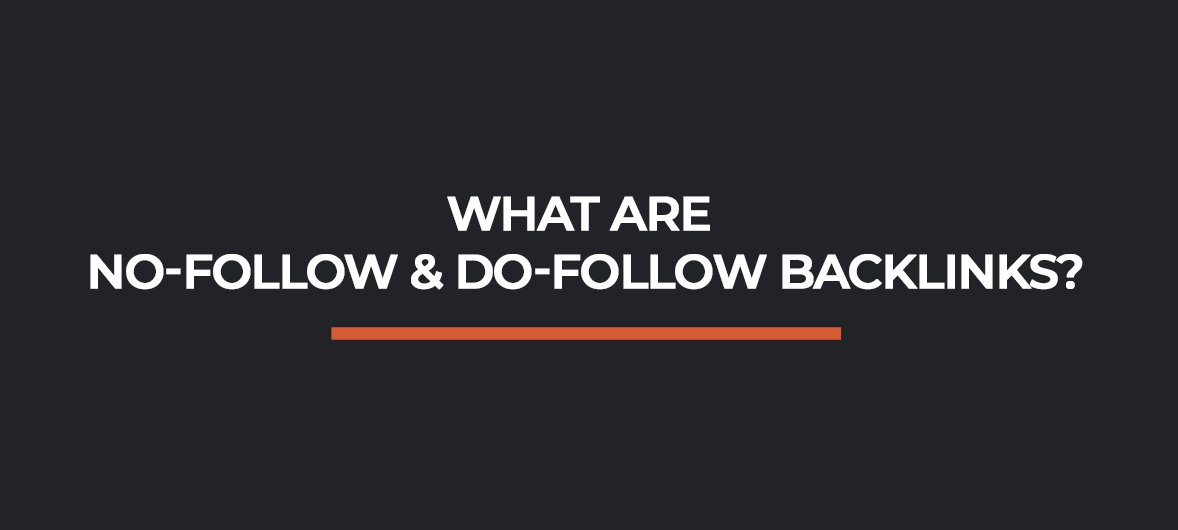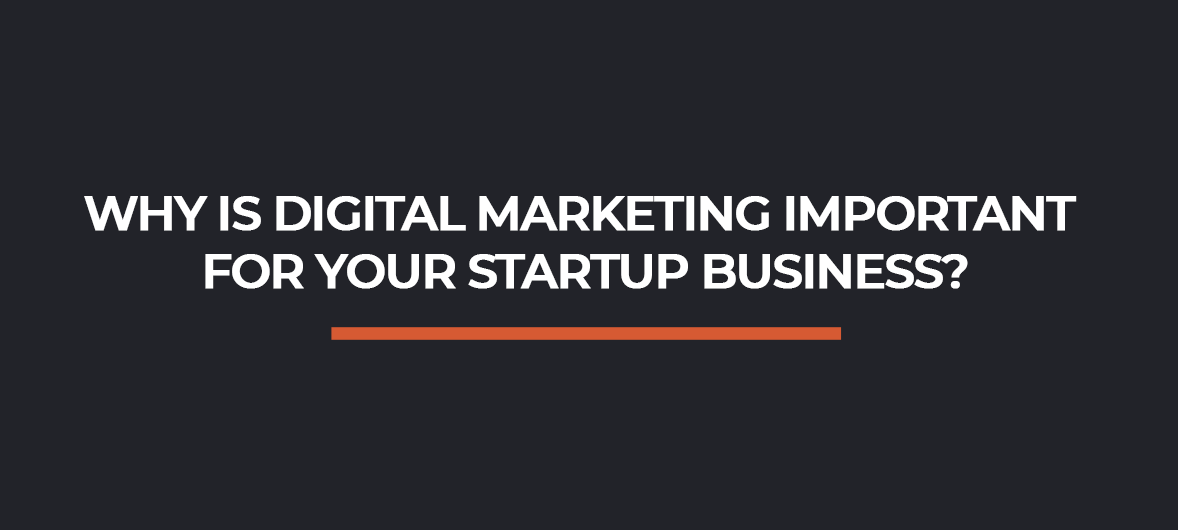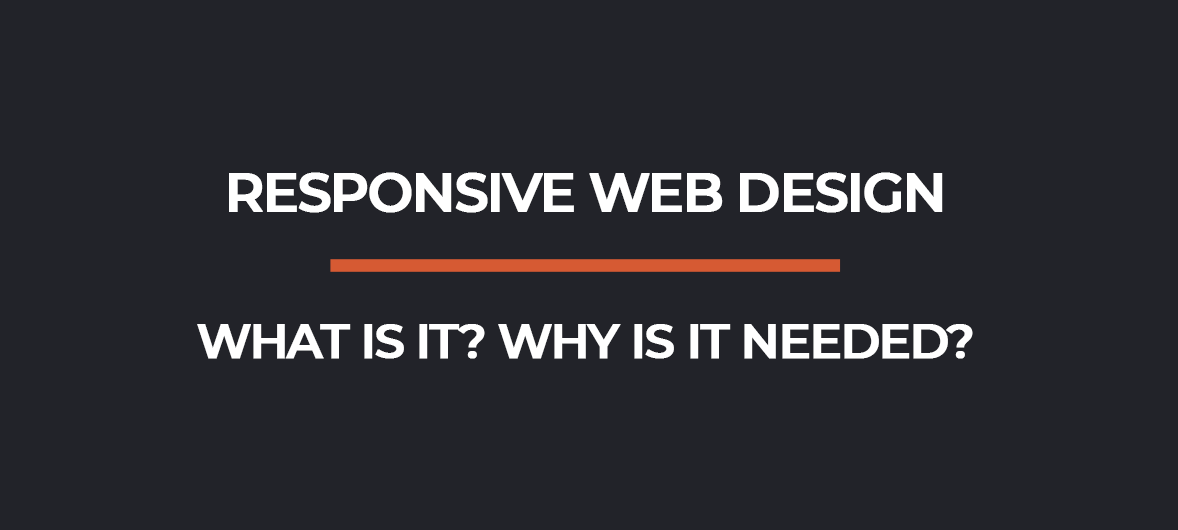What Is ON-Site SEO?
As you will know by now if you have been reading up about SEO on the internet SEO stands for search engine optimisation, and is a method of generating/influencing a website’s traffic.
On-site SEO (also referred to as On-Page SEO) describes all the factors which are part of your website or physically “on the site”:
- Coding & Code Structure
- Domain Name
- Website Hosting
- Images
- Copy & Content
- Load Speeds
Coding & Code Structure.
Aspects of the site code which can affect SEO (in varying degrees) are as follows:
- Title Tags
- Meta Tags
- Images Alt’s
- Headings
- Anchors
- Strong & Em
On-Site SEO is pretty straightforward if you know how to edit website code. The most difficult aspect of ON-Site SEO is the production of high-quality content. “Content Is King” producing high-quality content will help in later stages of SEO, primarily in the “Link Building Phase”.
On-Site SEO should continually be worked upon, and content should continually be developed, especially if you are using a “longtail keyword strategy”.
Domain Name
Your website domain name can have tremendous effects in the early stages of SEO. Choosing the correct domain name is essential.
Domain age plays a part in determining the rankings of a website, generally, the older the domain the better, the search engines like to see domains that have been registered for a long period, this is an indication that the domain is legitimate and authentic.
If you are looking for a quick route into the search results for a very niche term, then buying what’s known in the trade as an “Exact Matched” domain may help. Exact matched domains include your target keywords, for example, www.plumbingderbyshire.co.uk.
TLD (top-level domain) also plays a part, if you are in the UK try getting a .co.The UK or a .uk.com domain as these represent the United Kingdom. France would be .fr, Italy would be .it and so on…
I have also noticed that certain TLD’s enter Google’s index higher than others, I ran an experiment at the Agency I work for on .net vs .biz domains, using several different websites each of virtually identical structure and content (a copy was unique) .net domains would drop into the index higher than .biz domains every time!
Web Hosting
Hosting plays a part in SEO, the physical location or IP of the webserver is important, if the client is based in the UK their website should be too, provided they are targeting the UK market. The speed of the webserver is also important, the hardware should be top-notch.
The operating systems of the actual server computer also determine how you will SEO certain aspects of your site. If it is a Windows machine or a Linux-based machine can be vital in later stages of SEO, particularly in the use of .htaccess files and 301 redirects.
Images
Images are important to SEO for the following reasons:
- Use of their Alt attribute for Keyword Inclusion.
- If image names are optimized they serve as a source of traffic for Google Image Search.
- File sizes should be optimized for load speed, reducing the overall page load time, which affects SEO.
- They can also become a source of “link baiting” in the later stages of SEO link building.
Copy & Content
Copy is vitally important to SEO, without it the search engines struggle to determine the subject of a given website. The copy is used to determine what the pages are about and the search engines read the copy to discover the keywords the page deserves to rank for.
Copy should be well written and unique, modern search engines can determine whether or not you have copied somebody else’s content, if you are found to have stolen another website’s content your site may receive a “duplicate content” penalty and the site rankings may suffer as a result.
Content should continually be updated and remain fresh, the search engines love to find fresh content on a website. Fresh content serves as an indication that the site is active and well maintained. As a result, the search engines will keep re-crawling your site, keeping their index up to date with your fresh content.
Important things to note when creating website content:
Keyword Density is arguably not as important to SEO as it once was, however, try to achieve a good Keyword Density and the content will be easier to read and “scannable”. Content that is easy to read will keep your visitors coming back for more.
Keyword Positioning refers to the physical position of a given keyword within the copy or code. Keywords should be evenly spread throughout the copy of your pages if possible. They should appear within the first paragraph and the last paragraph as a rule. Keywords should also feature at the beginning of your Title Tags.
Keyword Proximity, this is important. Keywords shouldn’t be “clumped together” within your content, they should be evenly spread as explained above. However, to help determine the relevance of the page, search engines will look at the proximity of keywords with the content which surrounds it.
All of the above make up the overall prominence of the keywords, these three things will help search engines determine what are the most prominent keywords on a page and whether or not the page deserves to rank for those same keywords when a user searches for them in the search engine.
Page Load Speeds
The page loading speed can play a part in SEO, if the search engine spider visits your page and it times out or fails to load the spider cannot index it, this is bad! If it happens on more than one occasion why should the spider come back?
Page load speeds should be optimized, pay attention to the file size of the images used within your design. This is often the best place to start when trying to, prove your page load speeds.
Another area you should look at is “on page scripting” including CSS, JavaScript, etc… It is best to include all scripts needed to run your website in an external file. Furthermore, if your site needs various JavaScript files to function correctly, try combining them into one long script and cut down the number of server calls the spider/web browser needs to download your JavaScript.
Final Thoughts
On-Site SEO is fairly straightforward once you understand the rules and you know how to code. It makes up roughly 20% – 25% of the overall SEO picture, the remainder is the more difficult and vastly more time-consuming “Off-Site SEO”.
On-Site SEO can be learned pretty quickly, yet Off-Site may take years to fully master. SEO is a continually moving industry, to stay completely on top of it is very difficult.
Thanks for reading my post about ON-Site SEO.
Andy.




















